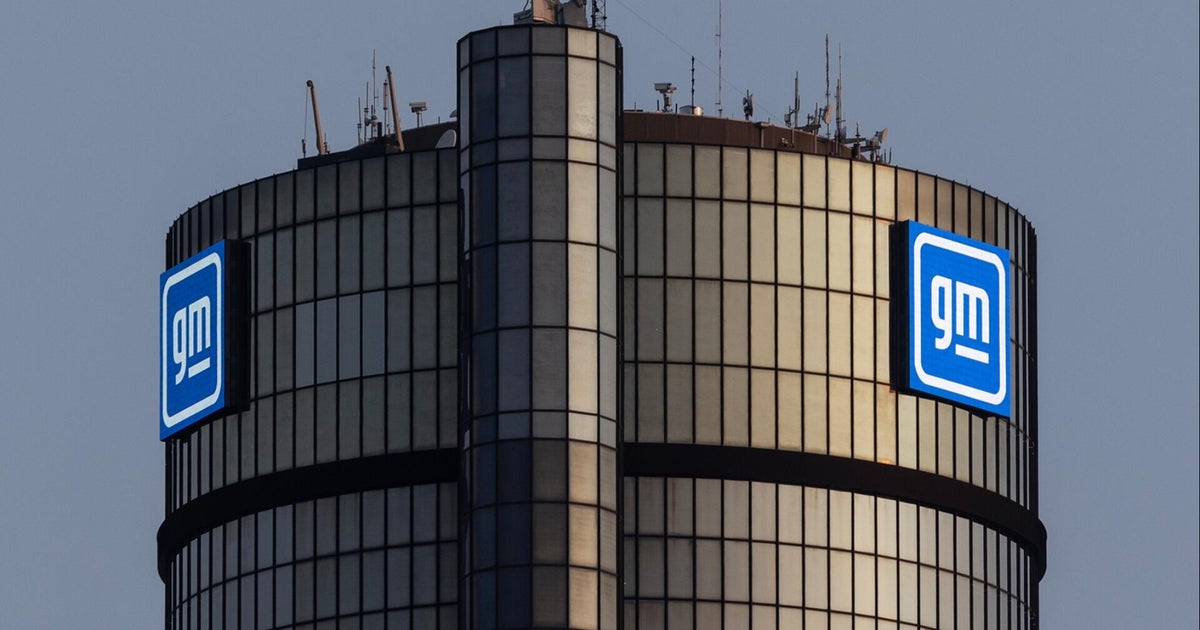In a striking revelation, General Motors has reported a staggering $1.1 billion decline in profits for the second quarter of the year, a direct consequence of tariffs instituted under the Trump administration. This setback has pushed the automaker's net income down by 35%, leaving it with approximately $3 billion in profits. As investors digest this news, concerns are mounting about GM's ability to navigate the increasingly treacherous waters of trade policy and competition in the automotive market.
Did You Know
The dot over an “i” is called a tittle.
?
AD
GM's leadership anticipates that the toll from these tariffs could escalate further, potentially reaching between $4 billion and $5 billion by the end of the year. The tariffs have not only strained profits but have also led to higher warranty costs and a growing inventory of electric vehicles. In a bold move to maintain its market position, the company has opted against raising vehicle prices, hoping to shield consumers from the fallout of these trade measures while remaining competitive in a crowded marketplace.
This pain is not isolated to GM alone; fellow automakers, including Stellantis, are also reporting significant losses tied to similar tariff pressures. The broader implications of this economic turmoil spotlight the ongoing debate about the true burden of tariffs on American businesses and consumers. As the automotive industry braves the ramifications of these trade policies, the stakes continue to rise, revealing a complex landscape where financial resilience is tested amid governmental decisions.
Q&A (Auto-generated by AI)
What are Trump's tariffs on vehicles?
Trump's tariffs on vehicles, initiated in 2018, imposed a 25% tax on imported steel and a 10% tax on imported aluminum. These tariffs were part of a broader trade strategy aimed at reducing the U.S. trade deficit and protecting American manufacturing jobs. The auto industry, heavily reliant on global supply chains, faced significant cost increases due to these tariffs, affecting companies like General Motors.
How do tariffs affect GM's profits?
Tariffs have significantly impacted GM's profits by increasing the cost of imported materials and components. In particular, GM reported a $1.1 billion hit to its earnings in the second quarter due to these tariffs. This financial strain has led to a decline in profits, with GM's quarterly profit dropping by over 30% as they navigate these added costs while trying to maintain competitive pricing.
What strategies is GM using to cope?
To cope with tariff-related challenges, GM is investing in U.S. production facilities to reduce reliance on imported parts. The company has committed $4 billion to enhance domestic manufacturing capabilities, aiming to mitigate tariff impacts. Additionally, GM is focusing on maintaining its pricing strategy without passing costs onto consumers, despite the financial pressure from tariffs.
What was GM's profit trend over recent years?
In recent years, GM's profits have shown volatility, particularly influenced by external factors like tariffs and market demand. For example, in the second quarter of 2025, GM's profit fell by 35% compared to the previous year. This decline is part of a broader trend where the company has faced challenges in maintaining profitability amid rising costs and a competitive automotive market.
How do tariffs impact the auto industry overall?
Tariffs impact the auto industry by increasing production costs, which can lead to higher vehicle prices for consumers. Automakers often face squeezed profit margins as they absorb these costs. The overall competitiveness of U.S. automakers can be affected, as they struggle to maintain market share against foreign competitors who may not face similar tariffs, leading to potential job losses and reduced investment in innovation.


















